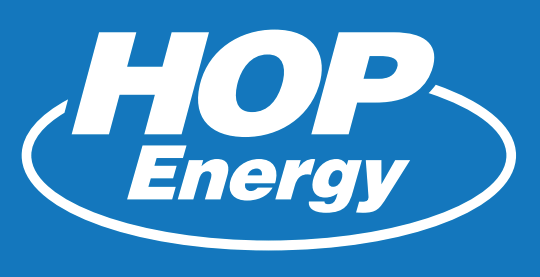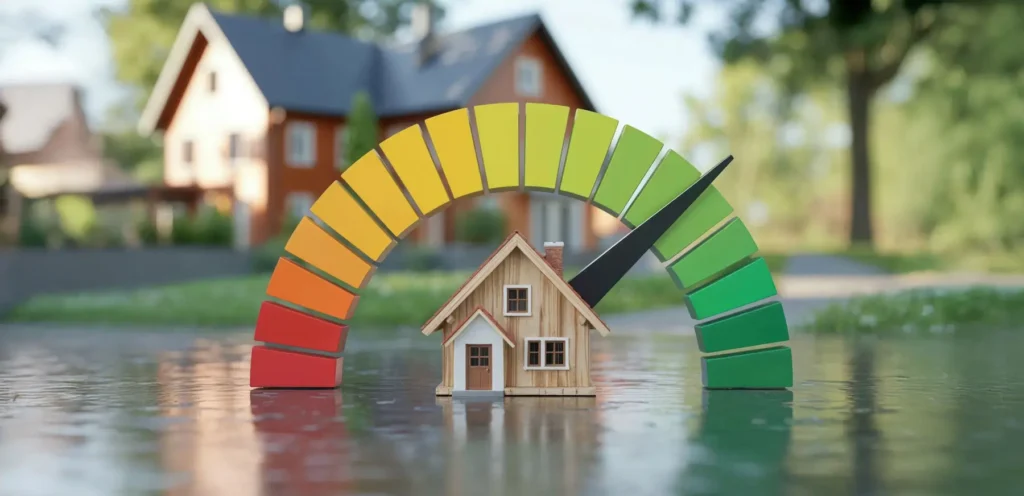Homeowners across the Northeast rely on heating oil to stay warm through long winters. But while the heating system often gets the attention, the oil tank itself plays just as critical a role. Aging or single-wall tanks can corrode and leak over time, posing environmental hazards and incurring expensive cleanup costs. Upgrading to a double-walled heating oil tank is one of the most effective ways to protect your property, comply with evolving regulations, and ensure long-term heating reliability.
Table of Contents
What is a Double-Walled Heating Oil Tank?
A double-walled heating oil tank features an inner tank (that holds the oil) and an outer shell that serves as secondary containment. The space between the two walls, known as the interstitial space, is designed to contain any leaks or breaches in the inner wall.
Key mechanics:
- Inner tank holds the fuel.
- Outer tank surrounds it, ready to catch any potential leakage from the inner tank.
- The interstitial space may include leak detection devices (gauges, alarms) and sometimes a “spill bucket.”
Because of this design, the outer shell functions as built-in containment, reducing the need for other external containment measures.

Benefits of Double-Walled Heating Oil Tanks
- Better leak protection – If the inner tank fails, the outer wall helps prevent fuel from escaping into soil, groundwater, or building interiors.
- Built-in containment – Some single-wall tanks require additional external containment systems; double-walled units integrate that layer.
- Durability & peace of mind – Some models use corrosion-resistant materials; fewer worries about seepage or environmental cleanup down the road.
- Regulatory alignment – Upgrading can help you meet modern standards for fuel storage safety.
What Homeowners Should Do
If your current heating oil tank is more than 15 to 20 years old, showing signs of rust, or made from uncoated steel, it’s worth evaluating replacement options now. When upgrading, ensure the tank is installed on a level base, properly vented, and equipped with a monitoring system for the interstitial space. Homeowners should also review manufacturer specifications, warranty coverage, and insurance requirements, since
The Bottom Line
Switching to a double-walled heating oil tank is about more than hardware — it’s about safety, compliance, and environmental responsibility. With stricter regulations emerging across the Northeast, this upgrade provides peace of mind and future-proofs your home’s heating system. By investing in a tank that meets modern standards, homeowners can reduce risk, simplify compliance, and ensure reliable performance for years to come.




